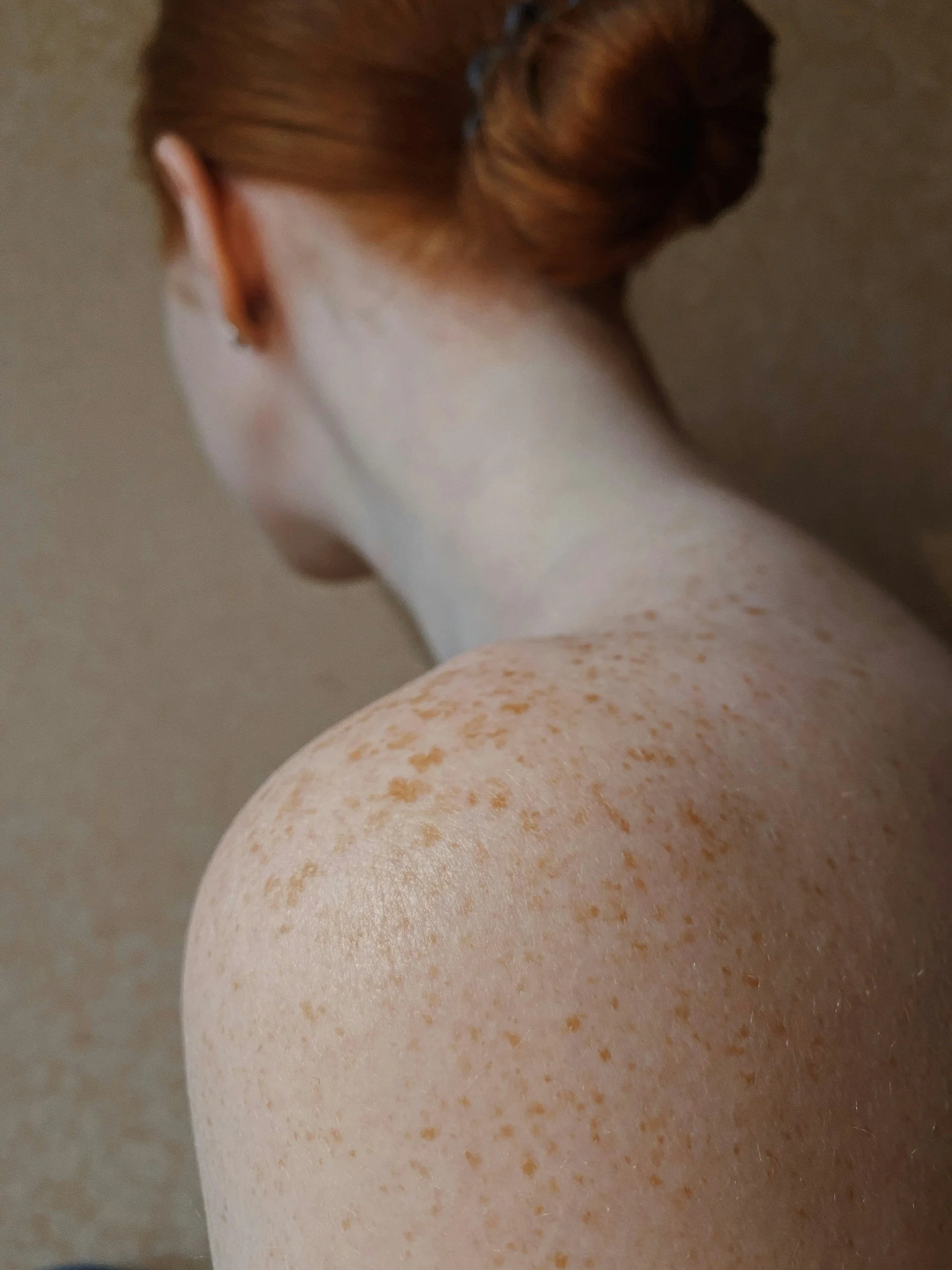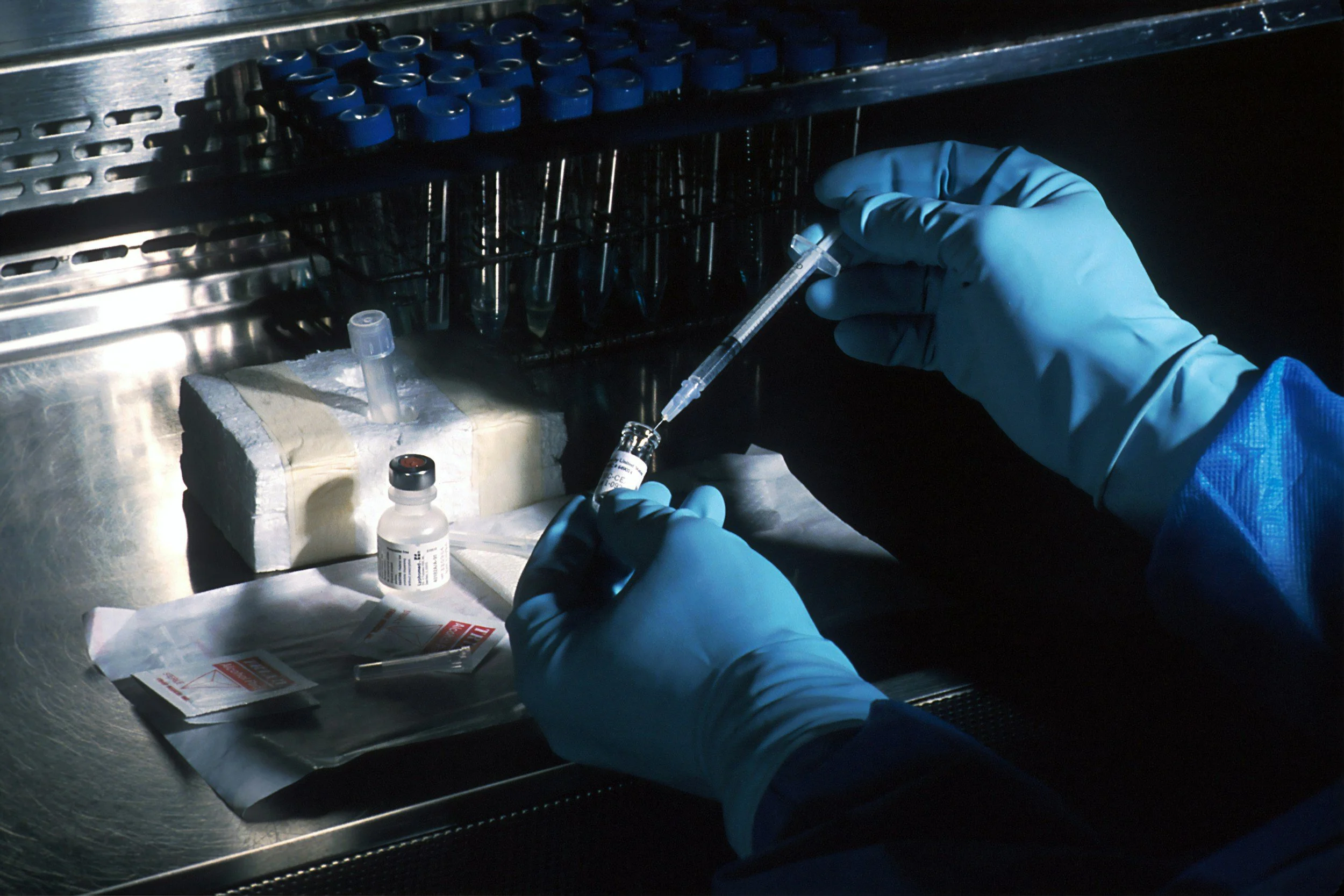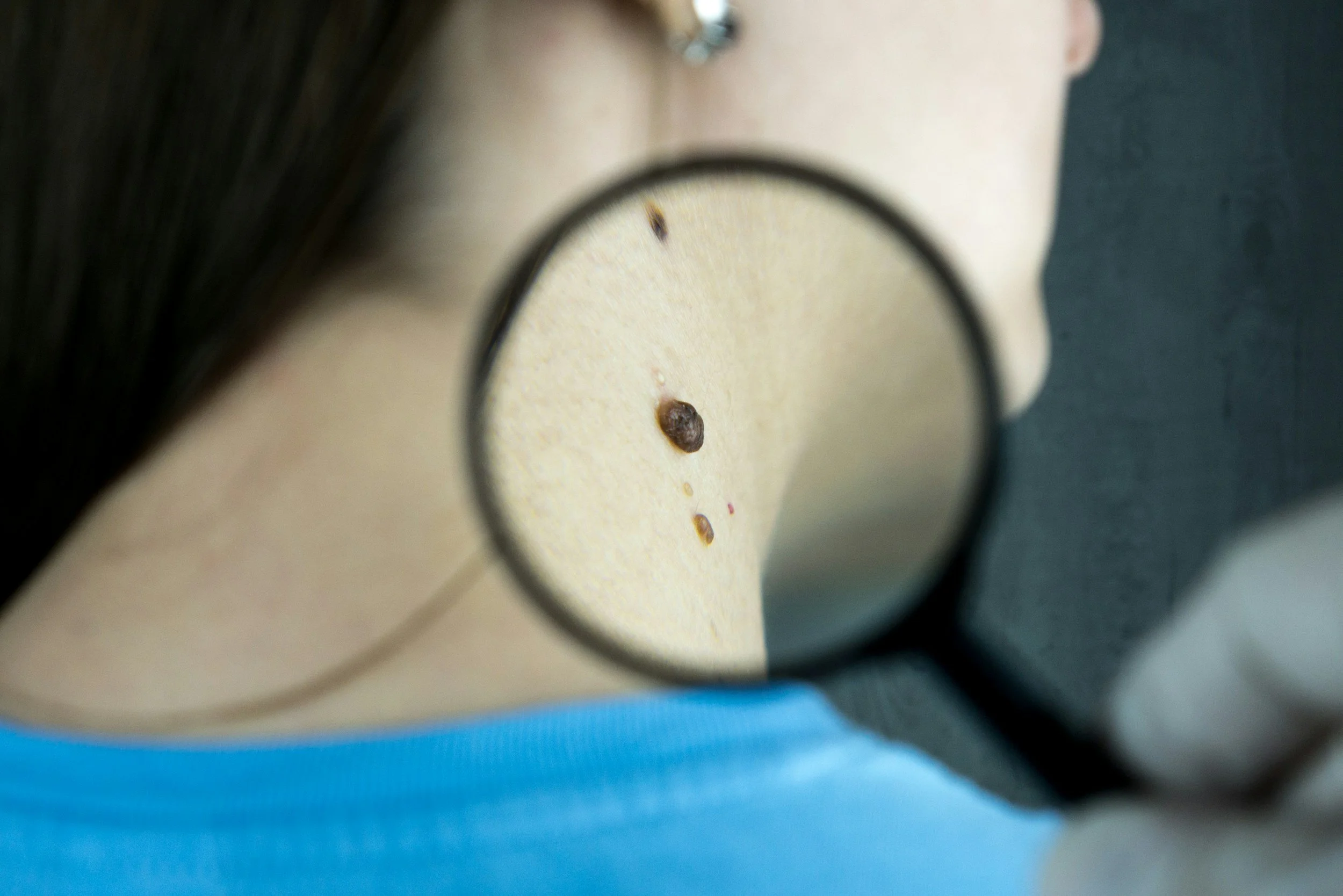
The Importance of Skin Exams
Many people are unaware that they have skin cancer. Skin cancers often develop silently — they may not be painful, bleed, or change rapidly enough to be noticed with the naked eye.
In addition, the number of cases of skin cancer continues to rise worldwide every year. In the U.S. alone, 4 to 5 million cases of skin cancer are diagnosed annually. This means that every 1 in 4 Americans will develop some form of skin cancer in their lifetime.
Because early detection is key to improve patient outcomes, we recommend having your skin examined by a dermatology provider at least once a year.
Prevention is Key
-
At Kind Dermatology, your skin health is our priority.
Our dedicated team of dermatology providers are highly trained in the use of dermoscopy—a specialized, non-invasive tool that enhances the early detection and accurate diagnosis of malignant skin lesions. With a focus on prevention and early intervention, our practice is committed to providing thorough, compassionate care to help keep your skin healthy.
-
Dermoscopy is a handheld magnification device that uses polarized light to reveal pigment structures beneath the surface of the skin—structures that are not visible to the naked eye. This advanced tool helps dermatology providers assess which moles (nevi) may require a biopsy. While dermoscopy does not replace a skin biopsy, when used by an experienced practitioner, it can be a highly effective tool in the early detection of melanoma as well as other skin cancers.
-
Moles should be examined regularly to ensure they are not developing into melanoma.
Melanoma is the most dangerous form of skin cancer because it can spread quickly beyond the skin to other parts of the body. When detected early, melanoma is often treatable with a simple skin surgery. However, if diagnosed at a later stage, treatment may require more extensive surgery, lymph node removal, and systemic medications such as immunotherapy or targeted therapy.
Approximately one-third of melanomas arise in pre-existing moles, which is why it’s important to monitor moles for any changes in color, border, shape, pattern, or size.
-
While melanoma is the deadliest form of skin cancer, it is not the only type to be aware of.
Basal cell carcinoma (BCC) and squamous cell carcinoma (SCC) are two of the most common types of non-melanoma skin cancers. Though generally less aggressive than melanoma, they can still cause significant tissue damage if left untreated.
It’s important to watch for any changes to an existing mole or growth, or the appearance of a new lesion. Some warning signs of a potentially cancerous mole include:
Multiple colors within a single mole (a healthy mole is typically one uniform color)
Asymmetry (one half doesn't match the other)
Irregular, jagged, or poorly defined borders
A diameter larger than 6mm (about the size of a pencil eraser)
Bleeding, crusting, oozing, or pain
Basal cell and squamous cell carcinomas may appear as skin-colored, pink, or red lesions, and can sometimes resemble a scar, sore, or rough patch of skin that doesn’t heal.
If you notice any of these changes, it’s essential to have them examined promptly by one of our qualified providers at Kind Dermatology. Early detection saves lives.
Skin cancer is largely preventable — and it starts with sun protection
Many people are surprised to learn that most individuals either skip sunscreen altogether or don’t apply it correctly. To effectively protect your skin, you should use a broad-spectrum sunscreen with SPF 30 or higher every day—even when it’s cloudy, raining, or snowing. Sun protection is a daily habit, not just for sunny days.
Sunscreen doesn’t last all day. For continued protection, it must be reapplied every two hours, and immediately after swimming, sweating, or towel-drying.
In addition to sunscreen, you can reduce your risk of skin cancer by:
Wearing protective clothing made of tightly woven fabric
Using a wide-brimmed hat to shield your face, ears, and neck
Wearing UV-protective sunglasses to guard your eyes and surrounding skin
Avoiding peak sun hours between 10 a.m. and 4 p.m., when UV rays are strongest
Seeking shade whenever possible
Applying sunscreen at least 30 minutes before going outdoors
Sun safety is one of the most effective ways to prevent skin cancer. Make it part of your daily routine—your skin will thank you.
Full Body Photography
Who needs full body photography?
Genetic Testing
Does my family have a gene that makes me more likely to develop melanoma?
Dermoscopy
What is dermoscopy and why does it matter for skin cancer screening?



